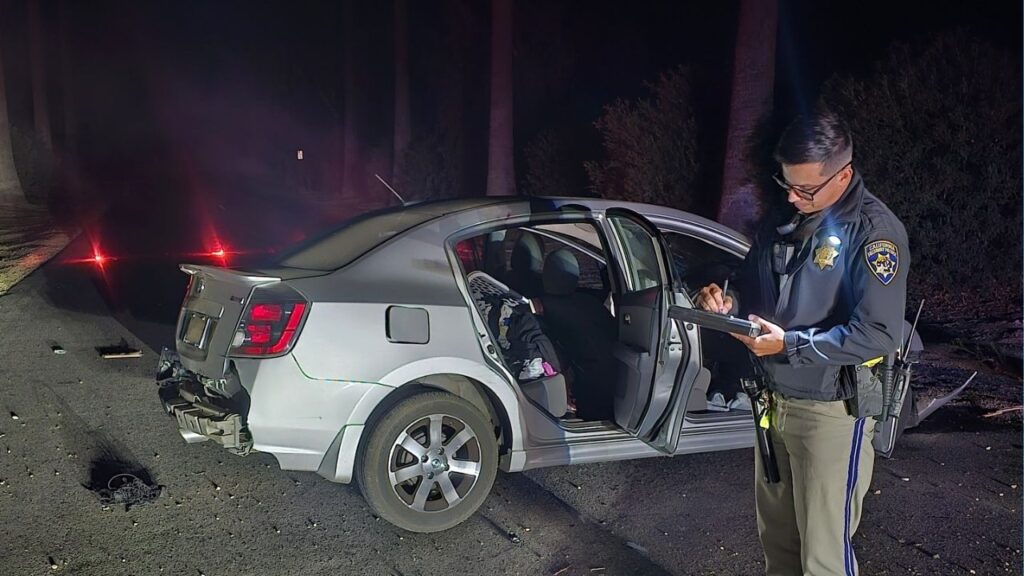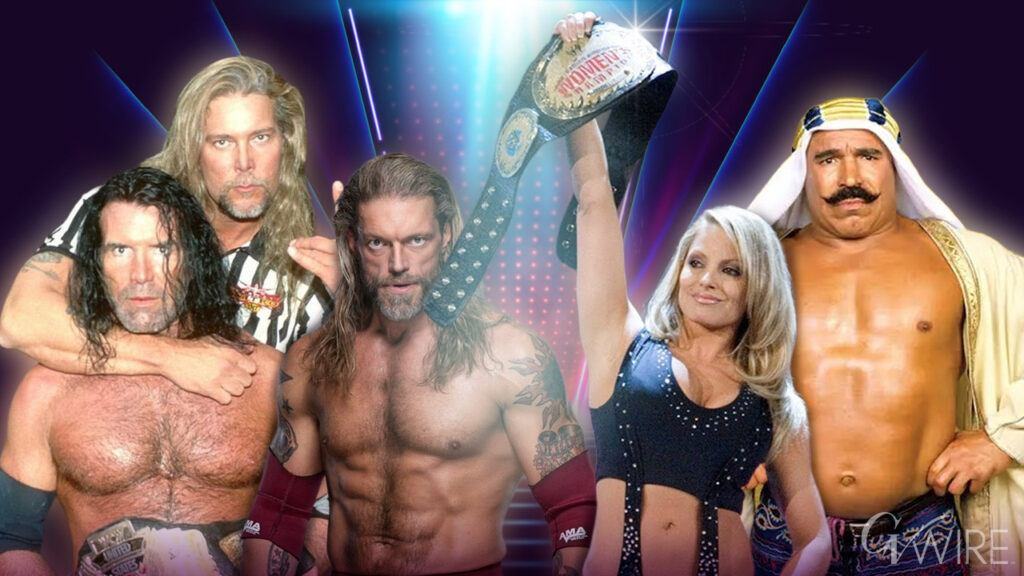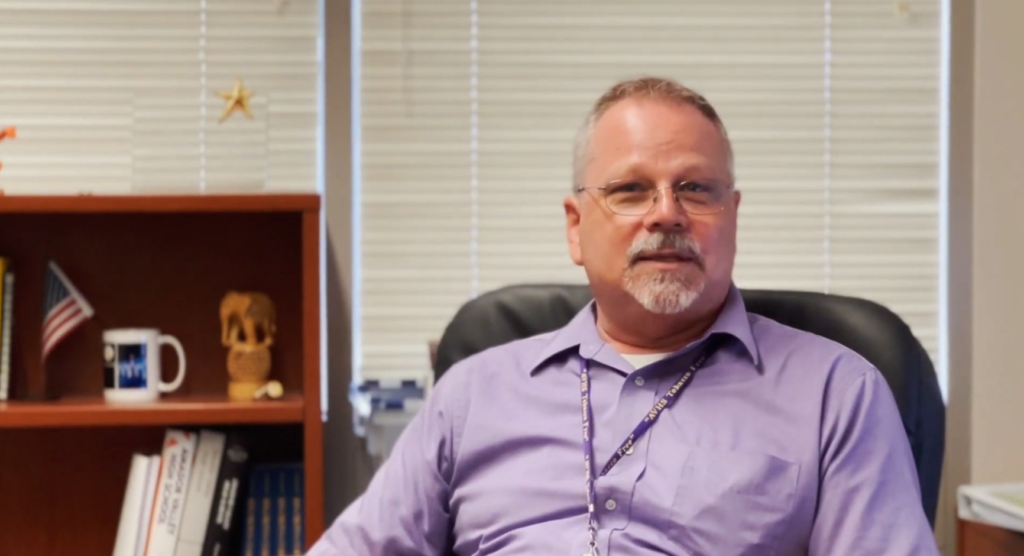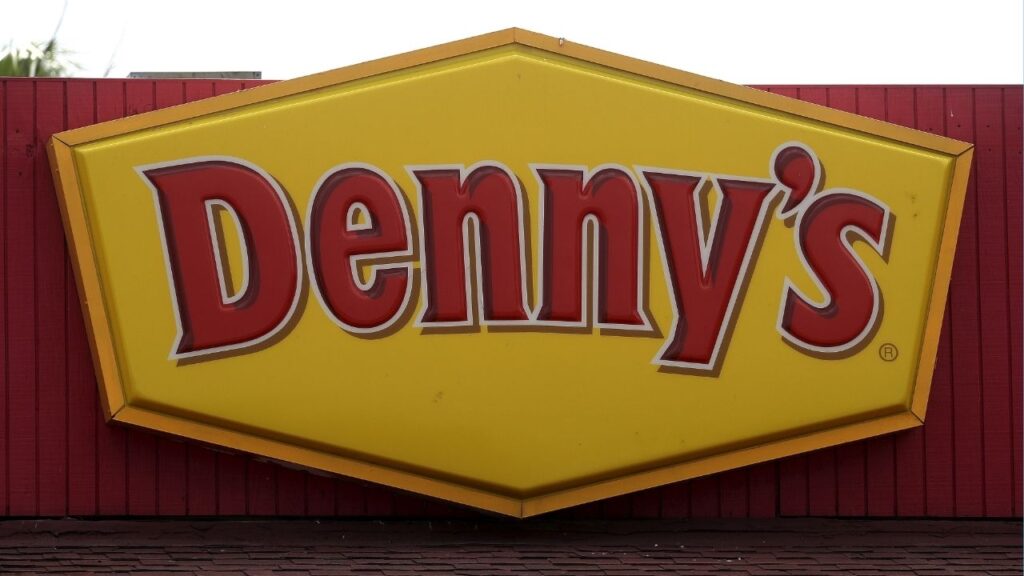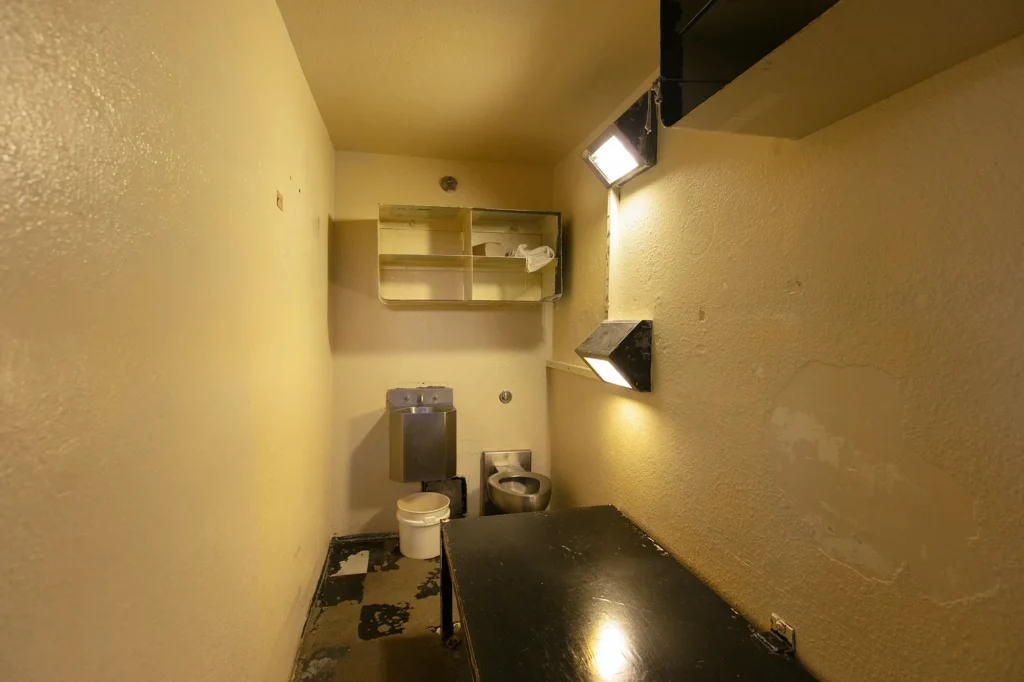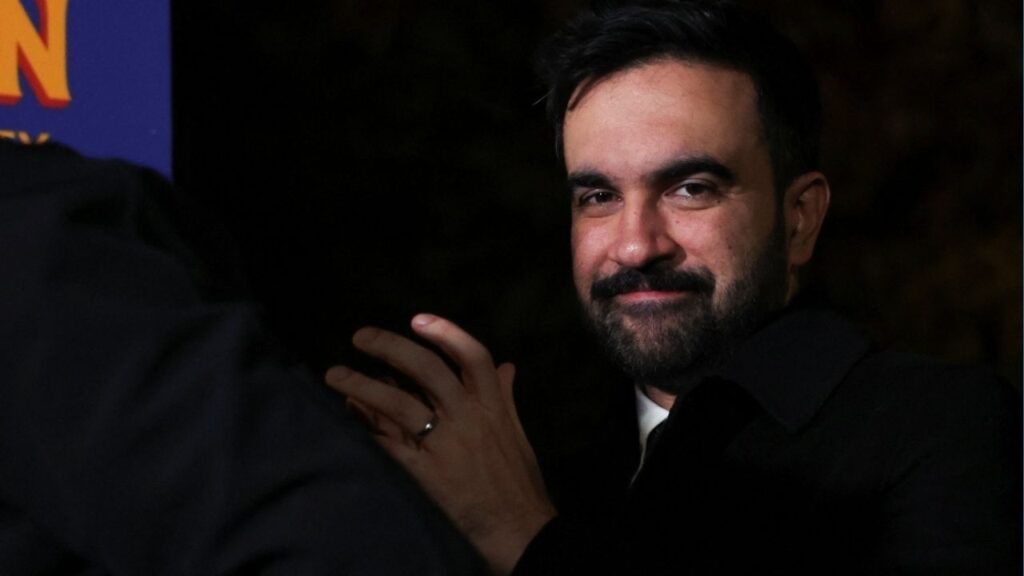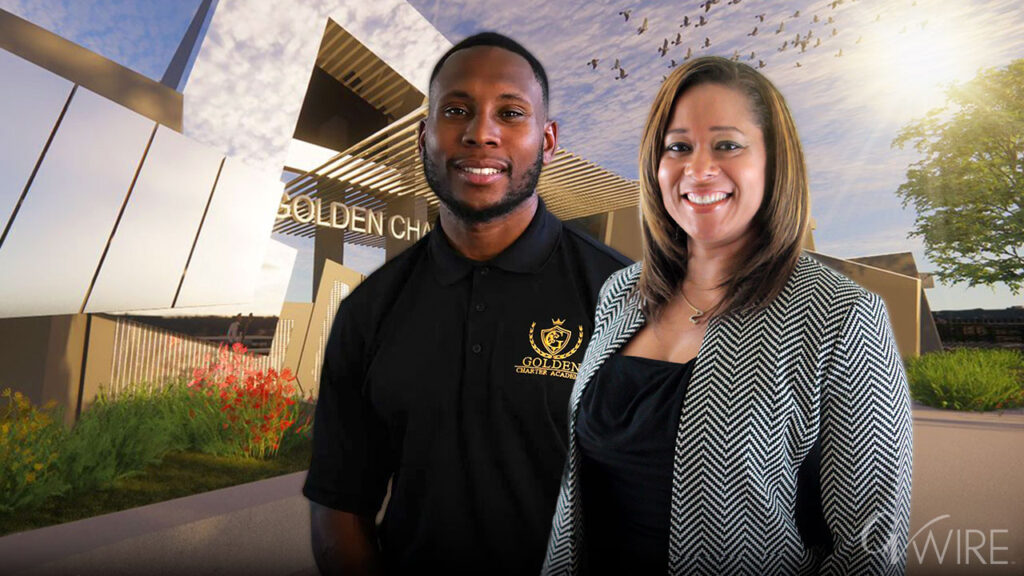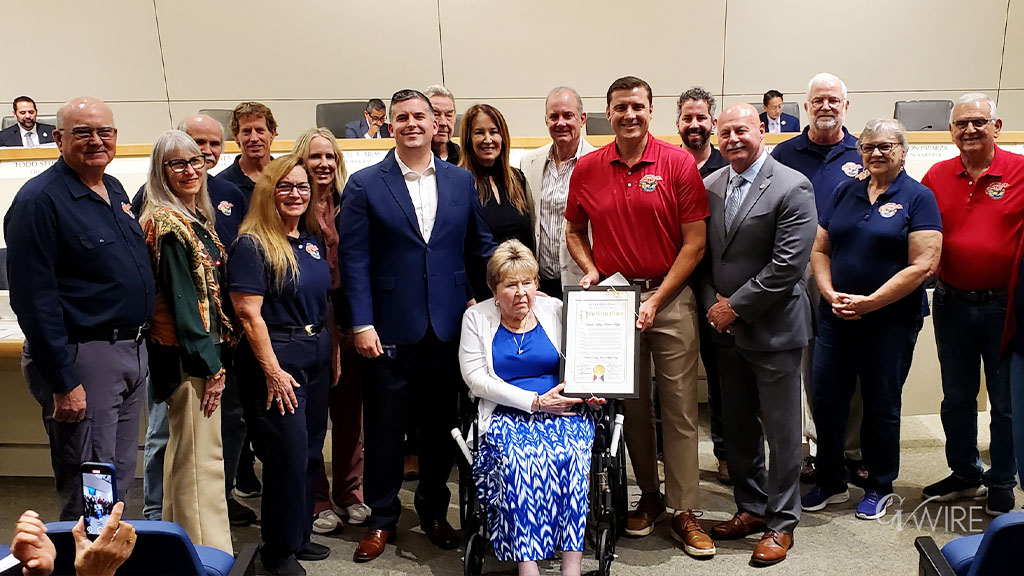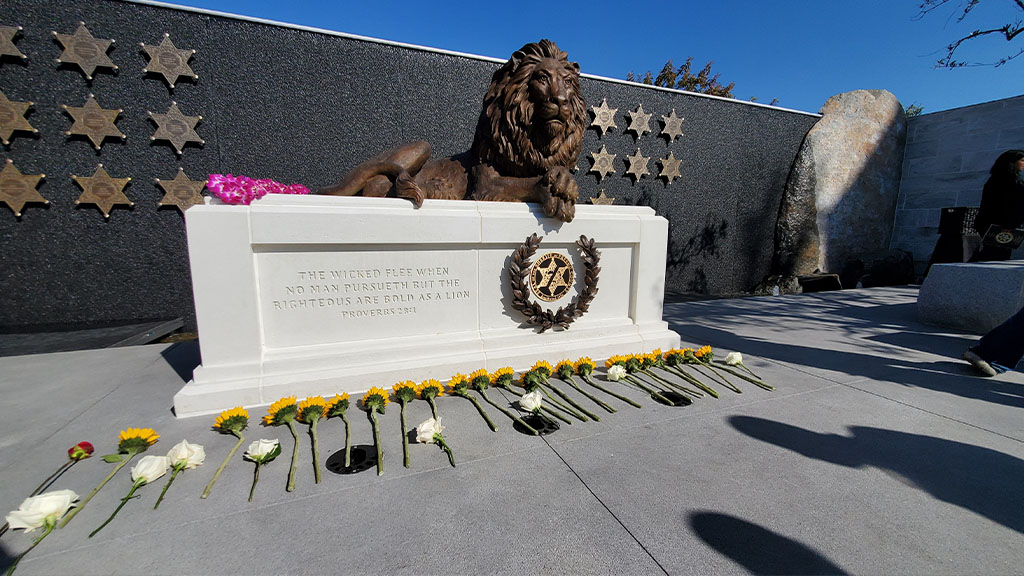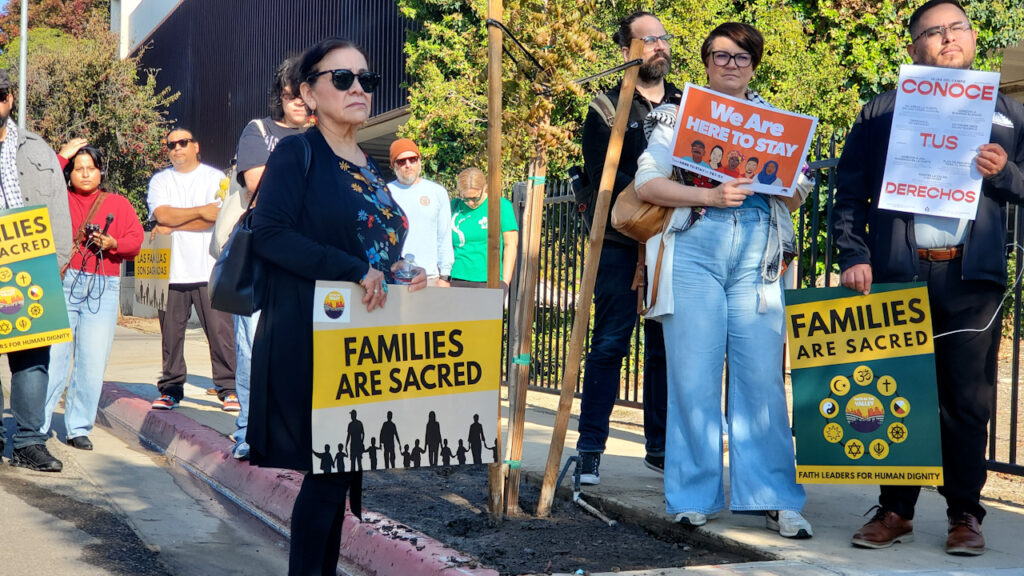Share
|
Getting your Trinity Audio player ready...
|
Weather is an important part of local TV news. It always has been. The anchors at Fresno’s four English-language stations all have similar explanations as to why.
“It’s the one thing that appeals to every single person. It’s information that they need,” ABC 30 meteorologist Kevin Musso said.
Says KSEE 24’s A.J. Fox: “Weather is the one thing where everybody wants to know it and everybody needs to know it.”
Media Man spoke with the top weather anchor at each station. Two were raised in the Fresno area — Kopi Sotiropulos (KMPH) and Musso. Three have broadcasted in the local market for at least 25 years each.
Lauren Wallace, chief meteorologist at CBS 47, has been in the market for eight years, with 13 years experience overall.
All four weathercasters Media Man spoke to prepare hours for each broadcast. They appear multiple times per newscast delivering the weather. Each has a unique relationship with their audience, but say they are more friends than competitors.
Why TV Weather
Jim Jakobs, KMPH news director, said weathercasts need to include more than just high and low temperatures.
“Weather has changed over the years, so we need to give (the audience) more weather that’s oriented towards their lifestyle,” Jakobs said. “I need forecasters that are also storytellers. And so we’re really going into storytelling weather with a lot of what we do. So that’s that’s what we need to hit people.”
The four stations brand their respective weather reports — AccuWeather on market leader ABC 30 (KFSN-TV); Your Local Weather Authority on KSEE 24 (NBC); Pinpoint Weather on CBS 47 (KGPE-TV); and Your Hometown Weather Connection on KMPH Fox 26.
Television weather anchors face competition not only from each other, but from smartphones as well — at least on “normal” weather days.
“This research tells me two things — broadcast meteorologists must do a better job delivering essential weather information on TV every day, not just when there’s a big storm,” says talent coach and consultant Tim Heller, a former meteorologist with KTRK-TV, an ABC-owned station in Houston.
“And since most television stations offer a mobile app, they need to make sure they’re producing weather content on their app that goes beyond what consumers can get on the generic weather app installed on every smartphone,” Heller said.
Wallace said TV weathercasts can connect more personally than a smartphone.
“You tune in on the television and you see us zooming in, naming off streets and different communities,” Wallace said.
Sotiropulos, not a trained meteorologist, says personality has a place in weather updates.
“Weather is important and (viewers) can get it anywhere. And television is one of those anywheres and you build a show that people like you give them the weather in a in a good format and they get they get used to the personalities. They like their presentation and they stick with you,” Sotiropulos said.
KSEE Rated the Most Accurate
WeatheRate, a Phoenix-based tracking service, rates KSEE 24 as the most accurate station in the market. KSEE has won that distinction 10 years in a row, and is considered one of the most accurate stations in the country.
Bruce Fixman, WeatheRate’s president, would not reveal how the other Fresno stations ranked, but said the difference between first- and second-place is “big.”
WeatheRate scores weathercasts over a four-day period.
KSEE chief meteorologist A.J. Fox is proud of the honor.
“I care very deeply about how accurate my forecast is and really take it personally when I miss,” Fox said.
Fox says a five-day weather prediction is the most accurate.
“Past seven (days) … it’s junk. It’s absolute junk,” Fox said.
Sotiropulos presents a 10-day forecast.
“It is a little harder, but it gives people an idea,” Sotiropulos said. “You do the best you can and people understand.”

Arranging a Weathercast
The not-so-big secret is that all four stations have access to the same data. Anyone can research government and university websites that track weather information and provide weather models.
“It used to be that it was very secretive and private and only certain people could get access to this data. Everybody can get it now,” Fox said. “Then I will calculate them, on average them. But then I’ll decide whether or not I want to round up and round down.”
Fox says his approach is to keep track of what those models predict, versus what actually happens. He charts the numbers on a color-coded Excel spreadsheet. He will adjust accordingly.
Several stations use an IBM-owned service called “The Weather Company” for data.
“Whenever a station says our radar is better than your radar, it’s the exact same radar,” Fox said.
Wallace uses several data sites as well.
“I (have) 20 tabs open on my computer. So (I’m) constantly switching back and forth to all those,” she said. “I think we all go about it differently.”
When it comes to putting together a broadcast, Fox uses the basic principle of providing the most important information first.
“I always try to arrange my forecast the way anybody would arrange a regular newscast. I try to put the top story first. And if the top story is it’s raining outside, we’ll just go with the radar,” Fox said.
It also depends if the weathercast is for the morning or evening news. Sotiropulos is the only morning weather anchor interviewed.
“We have more time to give more information for more viewers,” Sotiropulos said.
The biggest change over the last 20 years in TV weather is the graphics. Fox, Musso and Wallace produce their own weather images. Sotiropulos, now working a shorter schedule, has others assist him.
“There’s no better way to know exactly what the forecast is and what’s going to happen than doing it yourself. So I don’t think I would like someone else doing it,” Wallace said.
Avoiding Weather ‘Jargon’
Musso tries to avoid weather jargon in most circumstances. When he does use technical terms, he does his best to explain it on the air. He says it can be a “challenge.”
Wallace agrees.
“I think it’s taking that deep dive into the science of forecasting and turning it into terms that people want to hear about. No one wants to hear about the big, long weather words, the scientific words. They want to just know, do I need a jacket today? Is it going to rain? So just kind of taking the science of it and put it into terms that people care about,” Wallace said.
A.J. Fox: from Radio to TV Weather
Fox grew up on Lancaster (Los Angeles County), and moved to the Valley to attend Fresno State.
While in college, Fox started as a DJ on KFIG 101.1 FM, and later Oldies 92.9. KSEE’s news director at the time heard Fox deliver the morning traffic report, and invited him to do the same on TV in 1995. After a few weeks of TV traffic, Fox expanded to weather, even though he had “zero” knowledge of meteorology.
An emergency situation led to Fox delivering the evening weather report. Weatherman Sean Boyd lost his voice and his back-up was on vacation. The news director asked for a volunteer, and Fox stepped up to the challenge.
“Sean did all of the graphics and told me what to say that time. But I came out and did the newscast at 5:00 and the news director came out and he said, You’re our fill in guy from now on,” Fox said.
Fox knew he had to study on the science of weather.
“I went back to school. And especially when they were going to start having me do it regularly, I said, shoot, I better figure out what’s going on,” Fox said.
He took a correspondence course with the U.S. Department of Agriculture. KSEE promoted Fox to chief meteorologist in 2009.
Interacting with the audience is a key element for a TV newscaster. Fox relishes at meeting the public, whether on a live shot, or while getting his car repaired.
“People think or they say that I’m exactly the same in person as I am on air. And I think that’s the truth, I don’t put any show on. I don’t turn on any personality or anything like that. What you see is what you get,” Fox said.
What does the A.J. stand for?
“My name is Jim Andrew Fox, and I just figured that J.A. sounds stupid,” Fox said.
Fox is approaching 28 consecutive years at the station, the only TV job he’s ever had. He’s never had a desire to leave.
“I’ve been climbing a ladder and just didn’t have to go anywhere else to do it,” Fox said.
He also teaches meteorology at Reedley College.
Musso: the Most Popular Weather Picker
Musso says weather is a passion “365 days a year.”
“It’s not a job that you just go check in, you do your work and you leave. If you’re committed to it and you’re, really on top of it, you’re watching it constantly,” Musso said.
Perhaps that is why he is the most popular with Fresno audiences. ABC 30 is consistently ranked the most-watched newscasts. Musso has been voted most popular weathercaster.
“We’re the only people that you watch on our newscast that don’t use a teleprompter,” Musso said. “You talk to the audience just like you would the guy you’re talking to over the fence next door.”

Angelo Stalis had a tremendous influence on the personal and professional career of Musso.
He grew up watching Stalis, Channel 30’s longtime weathercaster. Musso, then a teenager, recalled meeting Stalis during the Big Fresno Fair.
“Just the smile that he gave me and the fact that he looked right at me and waved hello — that always stuck with me,” Musso said.
Musso attended Fresno City College and Fresno State. He then transitioned to radio, known as “Moose,” a morning drive-time DJ for 12 years on several stations.
Musso and Fox came from the world of local radio.
Why do radio personalities make good weathercasters?
“I think the common denominator is the ability to ad lib. While the majority of a television newscast is scripted, the weather segment is ad-libbed. I think for many DJs the ability to ad-lib and be engaging can lead to a natural transition into weather presentation,” said media consultant Mark Danon, a former weathercaster with KRON-TV in San Francisco.
Stalis was a guest during Musso’s radio show.
“He made the suggestion that maybe I do TV weather. And when I came in between jobs, I contacted him and he actually tutored me. He took me in and gave me some coaching,” Musso said.
That lead to Musso’s first TV job, at CBS 47 in 1997, a role he held for 11 years. He helped fill a void for the station, which was in between weathercasters.
“I had a general idea of weather prior to getting into TV, and since I had the experience, they put their trust in me and they let me go on the air as a weather forecaster, which often happens,” Musso said.
He earned his meteorological education through continuing education courses with Mississippi State and Penn State.
Musso changed stations in 2008, eventually succeeding his mentor at ABC 30.
“I never imagined that years later I would be his successor, that he would pass that baton to me. And it’s one of my greatest honors,” Musso said.
Musso: Experience Counts
Musso says he prepares his weathercasts “in a very unpretentious manner.” His experience on air, and living in the Valley all his life, gives him “a pretty good feel for the ebb and flow, if you will, of the seasons.”
“There’s nothing worse than seeing the new guy on TV, the broadcaster or … TV weather anchor that’s doing the weather. And he mispronounces three of the towns,” Musso said. “I know the Valley like the back of my hand … and there’s just something about someone who tells the story and knows the street where you live.”
Musso said he has had opportunities to move to a bigger TV market. Fresno has a reputation as a “stepping stone.”
“I never really wanted to leave my hometown,” Musso said. “There’s a couple of different ways you can look at this. You could stay at home and be a big fish in a small bowl, or you can go out of town and be a small fish in a big market.”
He sees himself broadcasting for many years to come.
Musso said one of his most memorable on-air moments wasn’t delivering weather, but delivering news during the morning show. He was reading a story about a local medical facility, when breaking news happened.
“As fate would have it, I ended up being the person who told anybody who was watching the CBS affiliate that morning that 9/11 happened,” Musso said.
Wallace, a ‘Straightforward’ Style
 Even Though Lauren Wallace is the only non-California native predicting weather in the local TV market, she has quickly adapted.
Even Though Lauren Wallace is the only non-California native predicting weather in the local TV market, she has quickly adapted.
“I’m also big into rock climbing and hiking. And so this opportunity came up and it sounded like a great fit. I mean, we are right at the edge of the Sierra Nevada. There’s hiking, rock climbing galore,” Wallace said.
A colleague joked that she is the best athlete in the building. Her out-of-the-building passion led to a monthly online hiking segment.
Wallace has the most broadcasts in the market. In a four-hour evening block, CBS 47 airs three hours of local news (an hour at 4 p.m., a half-hour at 5 p.m. and 6 p.m., and another hour at 7 p.m.).
“It definitely makes things a little more hectic, right? When I get in, I kind of hit the ground running right away,” Wallace said. She uses the breaks to update her weathercasts and graphics.
“Once we got into the swing of things, it got a little bit easier. You know, the hardest part is probably to keep your energy levels up and to keep yourself entertained in a way,” Wallace said.
She calls her on-air style “straightforward.”
“I’ve been pretty cut and dry with my forecast and give you the information, do with that what you will. I’m a people pleaser, so I tend to not … do a lot of jokes because I don’t want someone to feel excluded or feel offended by anyways. So I think I’m kind of straightforward, black and white. This is your forecast” Wallace said.
Wallace said she uses different weather models depending on the scenario.
“I like to weigh one model a little more heavily compared to other models when it comes to things like rain. Or maybe for wind, I’ll look at a different model a little more closely compared to other ones. So you kind of know which ones you put more stock in,” Wallace said.

From the South to Fresno (through Michigan)
Wallace grew up in suburban Atlanta. A school visit from local TV weatherman Ken Cook influenced Wallace.
“That really planted the seed. That made a big impact on me,” Wallace said. “Any time I get invited to give school talks, I do. Because I think back to Ken Cook talking at my school and how cool I thought that was. So I always keep that in mind when I go around to schools, make sure that I mention it on the air.”
She started at the University of Denver, studying environmental science. She decided meteorology would be her career path, and transferred to North Carolina State.
“I think when I switched to meteorology, this was my main goal just because I’ve always been fascinated with weather and I like talking to people about it. And that’s the most common small talk topic, it seems,” Wallace said.
Out of college, Wallace started in 2010 at WBKB-TV, the only station in Alpena, Michigan — market size 208, the third-smallest in the country.
A blizzard on her first day of work meant an early start for Wallace and appearing on-air with no training.
“I walked into the station and they said, ‘put your forecast together, you’re on at six.’ And my jaw dropped. I collected myself and put my big girl pants on and it was time to go,” Wallace said.
After a stop in Saginaw, Michigan, it was time for Wallace to head west in 2015. “I prefer heat over cold weather,” Wallace said.
She started on the KSEE morning show, eventually promoted to chief meteorologist on CBS 47 in 2019, succeeding Marina Jurica who left for a job with NASA.
Wallace acknowledged its hard coming into a market, with several established weathercasters.
“People don’t like change, and so they tend to compare you to the person ahead of you until they get used to you. So I think it’s tough, but I think once you can prove yourself, gain everyone’s trust, it gets a little easier. And I’m coming up on eight years here, so I hope I’m getting to that point where I’m almost considered a local,” Wallace said.
Kopi: 30 Years and Counting
 Kopi Sotiropulos has transcended just delivering TV weather. He’s been presenting the forecasts since 1992. Before, he was a TV pitchman on KMPH, stretching back to 1971.
Kopi Sotiropulos has transcended just delivering TV weather. He’s been presenting the forecasts since 1992. Before, he was a TV pitchman on KMPH, stretching back to 1971.
He has a simple philosophy for his longevity and life in general.
“Just being nice to people. Make them smile, make them laugh,” Sotiropulos said.
He remains high energy on the station’s morning newscast, “Great Day.” When he isn’t updating the weather, he is introducing a live band. He engages with his fellow hosts about events of the day.
For the last year, Kopi — often referred to by just his first name — cut his hours down, working 7 a.m. to 9 a.m.
“Maybe one day I’m just going to say, you know, I think I want to sleep in, you know, But other than that, I’m real happy. And the station has been very nice to me. And, you know, it’s wonderful. I’m blessed,” Kopi said.

From Fresno to Hollywood and Back
Kopi started at KMPH in 1971, producing and starring in commercials, long before the station became a Fox affiliate or even had a news department. He also hosted the “Dialing for Dollars” afternoon movie.
In 1977, Kopi left for Hollywood, appearing in dozens of movies and TV shows. His most notable role was a barkeeper in “Beverly Hills Cop II” with Eddie Murphy.

He returned to Fresno in the late 1980s and resumed producing commercials. He had his own agency, Kopi Productions.
“Mr. (Harry) Pappas, who owned the station and hired me originally called up, says, Hey, how’d you like to do weather? I said, Oh, yeah, I’d love to. And that was the beginning of my weather career,” Kopi said.
That was 1992, with Kopi delivering weather on the 10 O’Clock News. When the station started a morning newscast in 2003, Kopi pulled double duty.
Although not a trained meteorologist, Kopi studied and trained to learn the weather.
He started making appearances at schools, and had an idea to put his young audience on the air, introducing his weather segments.
“People loved it. And it was good because they’d watch. And what are they watching? Channel 26,” Kopi said.
Of course, you can’t have a “Greek Fest” without Kopi’s constant promotion.
The station capitalized on Kopi’s fashion sense, from his head to his toes.
“I started wearing funny ties, you know, and we started ‘Pick a Tie Tuesday’ out of that,” Kopi said. He now has over 800 ties.
He is not shy to say he wears a hairpiece, which happened after a segment with a toupee maker. Kopi was the hairpiece model and never bothered to take it off.
His red shoes are also part of his signature style. “It’s like part of the costume,” he says.
Kopi said there have been times he considered returning to Los Angeles for TV weather.
“I’ve been treated very nicely, very fairly here, good people to work with. Management’s been very good to me. And I’m blessed. I’m very happy,” he said.
Kopi’s also had his share of on-air mischief. There was the time on Halloween that he wore a pumpkin head and a green shawl. It gave the effect of a floating head on TV.
There was also the time in his parents’ backyard that he attached baklava to grape leaves growing on a tree. The April Fool’s segment had viewers believing that, yes indeed, baklava grew on trees.
“It was great. And it’s like crazy. But people loved it. You know, I did stupid things like that,” Kopi said.
Off Air, Weathercasters are Friends
All four Fresno weathercasters told Media Man they are friends off the air.
“We are absolutely friends,” Musso said. He said Sotiropulos was often a radio guest.
Not only did Musso and Fox come from the world of radio, both are guitarists. Fox plays in a band called “Los Hooligans.”
Fox tells a story about attending a local Emmy award dinner. He got a cold shoulder from others.
“I stuck my hand a couple of times … said, Hi, I’m A.J. and I stuck my hand out and people would turn around and walk away from me. It was a rudest thing I have ever experienced before or since,” Fox said.
It was Kopi, attending the same event, who befriended him.
“(He was) totally incredibly kind to me. I’ll always be grateful for that. And he’s been nothing but kind to me,” Fox said.
“We all have different styles. We are different people. Just delivering a message for our viewers and you walk out the door and your just Kopi or the next guy,” Sotiropulos said.
Wallace met her colleagues at a “Weather Day” event a few years ago.
“Everyone’s down to earth. So it was interesting when we’re in the room with each other … there were no egos. You know, it’s it’s not competition. We all have a love for weather,” Wallace said.









